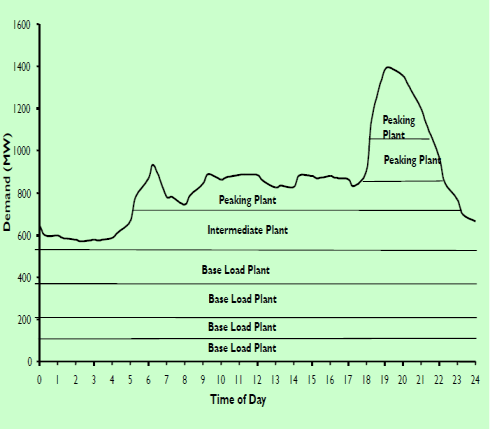Mbrooke
Electrical
- Nov 12, 2012
- 2,546
From the CISA website:
1,075 gig watts x 1000 = 1,075,000MWs / 6,413 = about 168 MWs per generating stations. Of course they vary in size greatly.
I'm thinking between 500-600 thorium reactor stations could be constructed over time.
This would provide compact carbon free power. No reliance on gas pipelines where in its present state the prolonged failure of any one line leads to massive generation shortages especially in the East. No coal to store, mine or release mercury into the environment.
Semi local location of plants can mean evacuating power between 115-230kv reducing the reliance on large interconnecting power transformers most of which are made over seas.
Electrical energy becomes very cheap over time- at one point General Electric wanted to ditch meters by going nuclear. Homes see more electric cars and electric heat.
Why isn't this being done? Why can't it be done? What is the hold back? And what are the technical limitations?
I'm highly optimistic- we must take this route.
The U.S. electricity segment contains more than 6,413 power plants (this includes 3,273 traditional electric utilities and 1,738 nonutility power producers) with approximately 1,075 gigawatts of installed generation. Approximately 48 percent of electricity is produced by combusting coal (primarily transported by rail), 20 percent in nuclear power plants, and 22 percent by combusting natural gas. The remaining generation is provided by hydroelectric plants (6 percent), oil (1 percent), and renewable sources (solar, wind, and geothermal) (3 percent). The heavy reliance on pipelines to distribute products across the nation highlights the interdependencies between the Energy and Transportation Systems Sector.
1,075 gig watts x 1000 = 1,075,000MWs / 6,413 = about 168 MWs per generating stations. Of course they vary in size greatly.
I'm thinking between 500-600 thorium reactor stations could be constructed over time.
This would provide compact carbon free power. No reliance on gas pipelines where in its present state the prolonged failure of any one line leads to massive generation shortages especially in the East. No coal to store, mine or release mercury into the environment.
Semi local location of plants can mean evacuating power between 115-230kv reducing the reliance on large interconnecting power transformers most of which are made over seas.
Electrical energy becomes very cheap over time- at one point General Electric wanted to ditch meters by going nuclear. Homes see more electric cars and electric heat.
Why isn't this being done? Why can't it be done? What is the hold back? And what are the technical limitations?
I'm highly optimistic- we must take this route.

